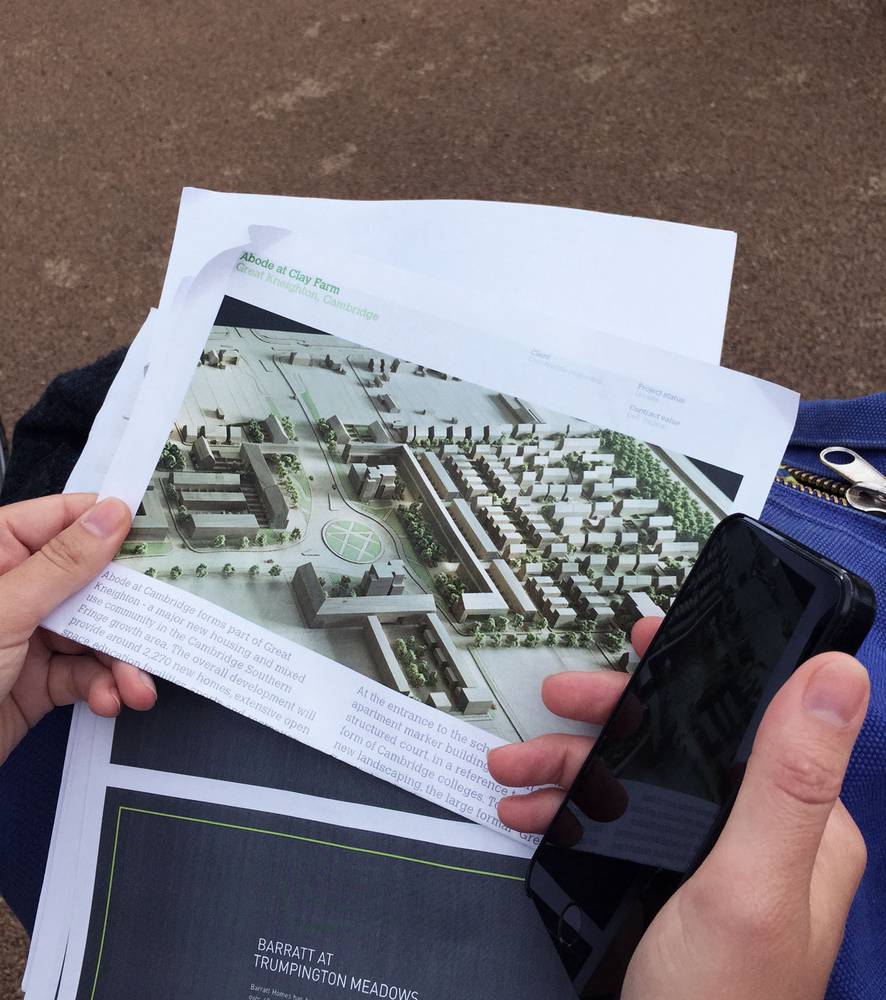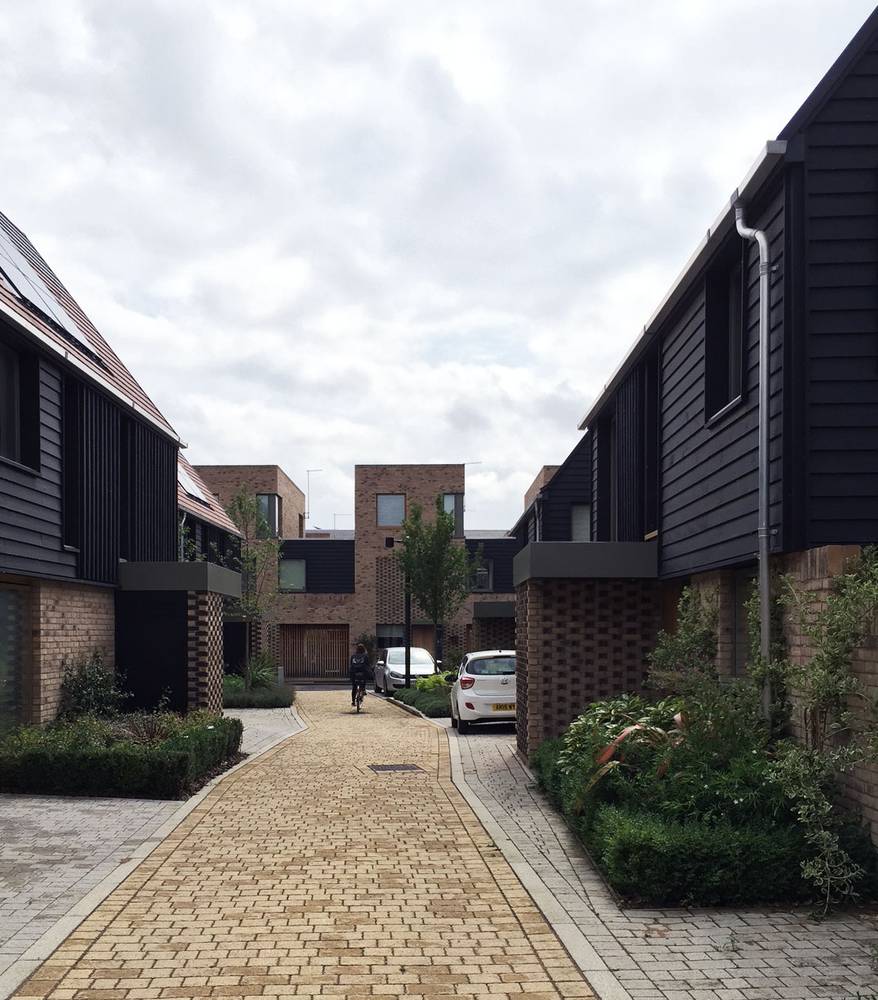How Affordable is Affordable Housing: Part 1 Definition
August 2015
This is the first of a number of articles on affordable housing in London and beyond. Firstly, I will attempt to expand on the various types which fall under the official umbrella of ‘affordable housing’. The second article will attempt to dig a little deeper into the realities of affordable housing and whether the government schemes actually deliver this, and the third will examine affordable housing in a rural environment.
Many different terms are commonly used, many which overlap and are interchangeable, leading to confusion and an increasing lack of clarity. To begin with, we should consult the government’s description.
The Official Definition
The first sentence of the government definition of social and affordable housing, taken from Annex 2 of the National Planning Policy Framework (NPPF) reads:
‘Affordable housing includes social rented, affordable rented and intermediate housing, provided to specified eligible households whose needs are not met by the market.’
‘Social housing’ used to be a single term to describe housing which was designed to be available and affordable. The definition of ‘affordable’ housing has slowly been expanded beyond just social housing to cover three categories offering subsidised alternatives to open market housing. These terms describe three different ways and extents to which they are ‘non-market’.
Social Rented Housing
The Social rented housing category is closest to what is traditionally considered to be social or council housing. Houses are built, owned, managed and maintained by local authorities and private ‘non-profit-making’ registered providers called Housing Associations. These providers are both funded and financially regulated by the Home and Communities Agency.
A key function of social housing, as defined by the charity Shelter, is that it is provided ‘on the basis of need’ and offers ‘security’ and ‘low rents’ to those whose, as the government describe, ‘needs are not met by the market ‘. ‘Need’ for this housing is assessed by local authorities and gauged as a measure of eligibility; be it financial, circumstantial or length of time living without a permanent home.
Historically, social rented housing was supplied at heavily discounted rates, roughly at around 50% of market prices, or sometimes lower in expensive areas where even halved rents would still be prohibitively expensive. The current and somewhat ambiguous definition in the London Plan states that ‘guideline target rents are determined through the national rent regime’. The regime to which this refers to is an annually reviewed set of guidelines which use the consumer price index (CPI) to ascertain the recommended rent caps. These caps on rent increases are thus established to ensure the properties remain affordable, even if market rates increase.
Part of the government’s definition of a housing association is that any ‘trading surplus’ should be used to help finance the construction of new social rented housing. All ‘profit’ is reinvested.
Affordable Rented Housing
This additional form of tenure was introduced in 2010 following the newly-formed coalition government’s first Spending Review. Tenancies are similarly managed by local authorities or registered providers but capped at the higher level of 80% of the average market price in the local area. Indeed, the mechanisms behind this second category are identical to social rented, with the exception of the raised cap.
This raised cap is intended, it is claimed, to generate extra income to ‘develop new homes for those in housing need’, as the L&Q housing association state. Tenancies are fixed term and are reviewed after five years, apart from lifetime tenures for over-60s and existing long-term tenants.
Intermediate Housing
The third category covers a number of different financing models and products to offer ‘affordable’ routes into home ownership which can often involve a partial rented element. The rental portion of these is capped following ‘affordable’ rates, (i.e. a maximum of 80% of market price) but is can be termed as ‘intermediate rents’ in this context. The word intermediate in this sense refers to the transitionary period between rental and ownership and the mix of these elements in the housing offered.
‘Need’ or eligibility applies to this type of affordable housing in that it is geared towards first-time buyers, key workers and low-middle income earners.
The various options (available to those eligible) listed below are considered ‘stepping stones’, and can also be termed as ‘low cost home ownership’:
Shared Ownership– A relatively long-standing form of hybrid rent-ownership housing (part-buy, part-rent), originally introduced in the 1970s whereby you can buy a share of your home (25-75%) and pay rent on the remainder. In some cases, an option allows you to buy a higher share of the property, or owning it completely as your financial position improves. This is known as ‘staircasing’.
Shared Equity– A low interest or interest free loan is taken on a portion of the property when purchased. Whilst ownership is full, any increase in value on the property must be shared by the provider of the equity loan. A standard mortgage is used to cover the remainder of the finance for purchase.
Rent to Home Buy– Tenants occupy their property over a period of subsidised rent (three to five years) to allow for the occupant to save for a deposit with an option to buy into the property at the conclusion of this period.
Right to Buy– An option offered to social rented or affordable rented tenants to purchase the house in which they reside at a discounted price. A revival of this scheme is currently in consideration by the government. 35% for houses or 50% for flats increasing to a maximum of 70% discount depending on length of time as a ‘public sector tenant’. A shared ownership version of this exists also and is called Social HomeBuy.
Exercise Caution
The mechanics of ‘affordable’ are much the same as ‘social’, but with an increased rent cap. ‘Intermediate’ means much the same as ‘affordable’ but somehow connected to an ‘intention to buy’.
These terms all refer to specific financial products and housing types as opposed to the actual ‘affordability’ of the housing. There is nothing in this definition which guarantees their actual affordability, and that is something I will tackle in the next article on ‘actual affordability’. We will explore this in the next article on affordable housing.
Further Reading
National Housing Federation - Affordable Home Ownership
The Forgotten Households a paper on Intermediate Housing by Shelter

